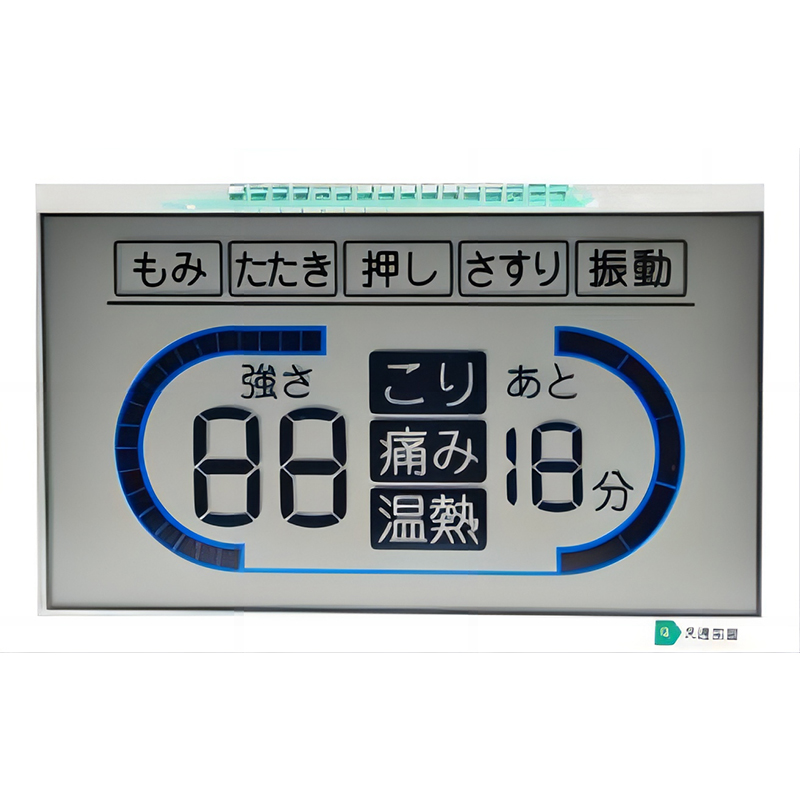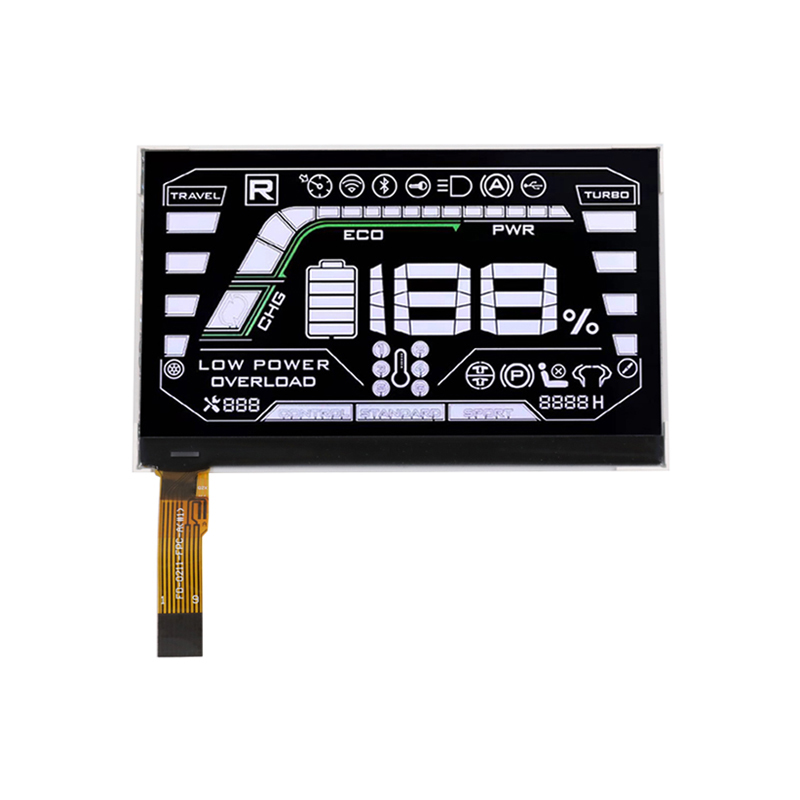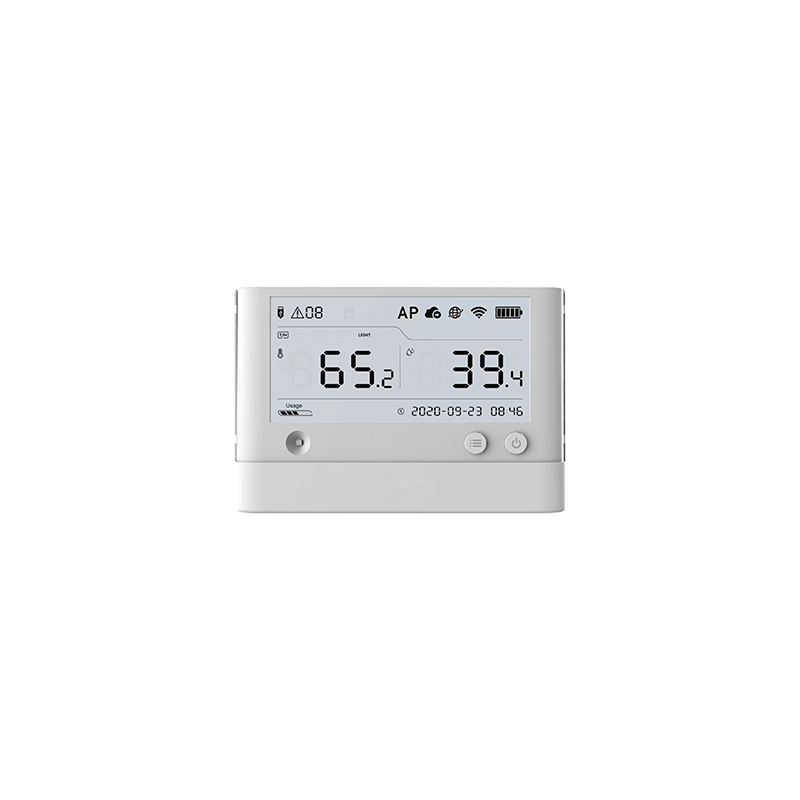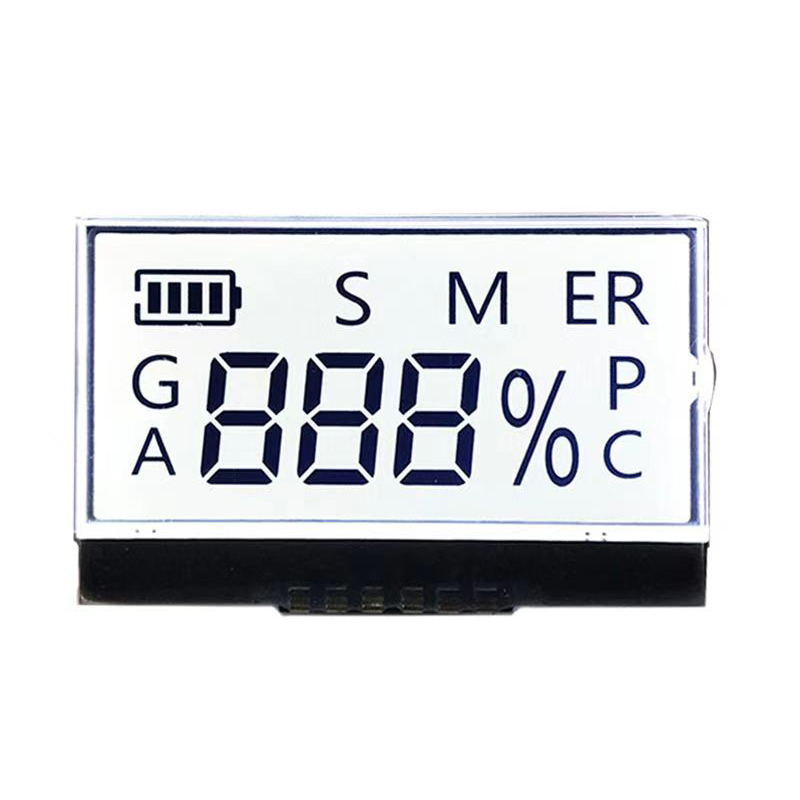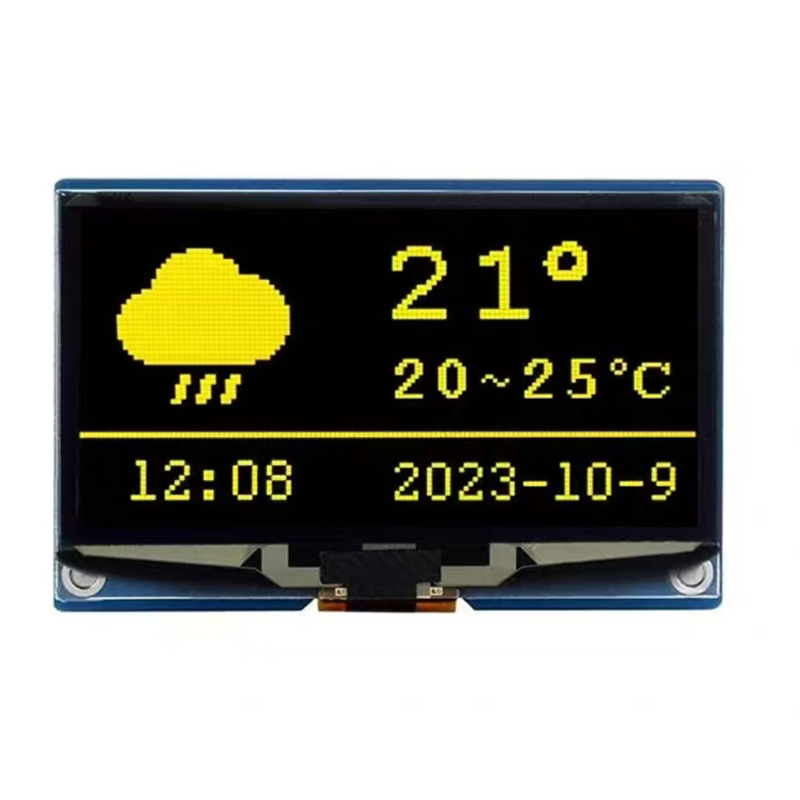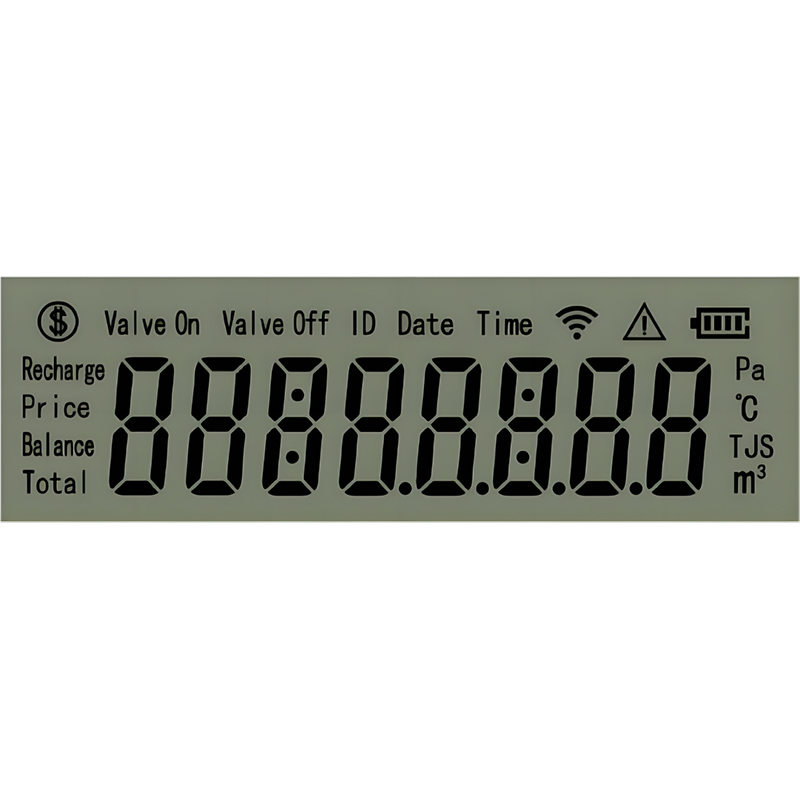
Small dot matrix displays are ubiquitous in various electronic devices, providing a compact and versatile solution for displaying text and simple graphics. Understanding their characteristics and capabilities is crucial for anyone working on embedded systems, consumer electronics, or industrial applications. This guide will provide a thorough understanding of small dot matrix displays, equipping you with the knowledge to select and integrate them effectively. From understanding the different technologies to considering their limitations, we'll cover everything you need to know.
LED (Light Emitting Diode) small dot matrix displays are common due to their low power consumption, high brightness, and long lifespan. They're available in various sizes and configurations, making them suitable for a range of applications, from simple indicators to more complex displays. The individual LEDs are arranged in a matrix to create the desired output. Common colors include red, green, yellow, and amber. Learn more about LED technologies and their applications by exploring our resources at Dalian Eastern Display Co., Ltd.
LCD (Liquid Crystal Display) small dot matrix displays offer advantages such as low power consumption and a wide viewing angle, often preferred for applications requiring higher resolution or more complex displays. They utilize liquid crystals sandwiched between polarizers to modulate light and create the display. Backlighting is often required, adding to the overall power consumption, but providing improved visibility in low-light environments. Choosing between LED and LCD depends on the specific needs of your project, considering factors like power consumption, brightness requirements, and resolution needs.
OLED (Organic Light Emitting Diode) small dot matrix displays offer superior image quality with deep blacks and vibrant colors, although they can be more expensive than LED or LCD options. Each pixel generates its own light, resulting in high contrast and wide viewing angles. They are increasingly popular in applications where image quality is paramount. However, their susceptibility to burn-in needs to be considered when choosing this technology.
Selecting the appropriate small dot matrix display involves careful consideration of several factors:
| Feature | Considerations |
|---|---|
| Size and Resolution | Determine the physical dimensions and resolution (number of dots) needed to display the required information. |
| Technology (LED, LCD, OLED) | Consider power consumption, brightness, viewing angle, color depth, and cost. |
| Interface | Ensure compatibility with your microcontroller or other control system (e.g., SPI, I2C). |
| Operating Voltage and Current | Verify compatibility with your power supply. |
Table 1: Key Considerations when Selecting a Small Dot Matrix Display
Small dot matrix displays find applications in a wide range of devices:
This guide offers a starting point for understanding small dot matrix displays. For specific product information and to explore a wide range of display solutions, please visit Dalian Eastern Display Co., Ltd. for high-quality options.

